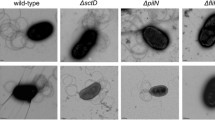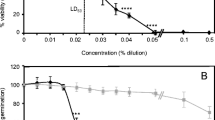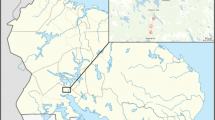Abstract
We investigated the effects of the ergosterol-inhibiting fungicide, propiconazole {1-[[2-(2,4-dichlorphenyl) - 4 - propyl - 1,3 - dioxolan - 2 - yl]methyl] - 1H - 1,2,4 triazole; Tilt}, on mixed natural populations of bacterivorous and fungivorous flagellates in soil and on single species of bacterivorous flagellates in liquid culture. The fungicide affected a mixed natural population of fungivorous flagellates less than the population of bacterivorous flagellates. Our results indicated that the effects of propiconazole on flagellates are direct toxic effects and not effects mediated via their food. All tested types of flagellates were significantly harmed when exposed to the concentration of propiconazole normally applied to agricultural fields (625 mg l–1). However, when exposed to the concentration of propiconazole which we expect in the soil water phase after application (ca. 0.6 mg l–1) the effect on most of the tested flagellates was slight. Still, one tested flagellate species, Dimastigella trypaniformis, was extremely sensitive to the compound, and it is possible that field application of propiconazole has negative effects on certain sensitive species, and therefore alters the composition of the soil flagellate community in the direction of a higher r/K ratio.
Similar content being viewed by others
Author information
Authors and Affiliations
Additional information
Received: 7 April 1999
Rights and permissions
About this article
Cite this article
Ekelund, F., Westergaard, K. & Søe, D. The toxicity of the fungicide propiconazole to soil flagellates. Biol Fertil Soils 31, 70–77 (2000). https://doi.org/10.1007/s003740050626
Issue Date:
DOI: https://doi.org/10.1007/s003740050626




